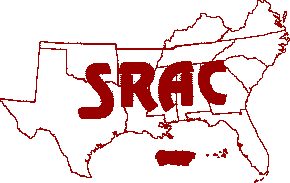
Fish, like all animals, must obtain oxygen from the environment for respiration. Oxygen is far less available to aquatic organisms than it is to air-breathers, and the dissolved oxygen content of water may limit the activities of fish. In most natural waters, the supply of oxygen to water (diffusion from the atmosphere and production from underwater photosynthesis) exceeds the amount used in oxygen-consuming processes, and fish seldom have problems obtaining enough oxygen to meet normal metabolic demands. In aquaculture ponds, however, the biomass of plants, animals and microbes is much greater than in natural waters, so oxygen is sometimes consumed faster than it is replenished. Depending on how low the dissolved oxygen concentration is and how long it remains low, fish may consume less feed, grow more slowly, convert feed less efficiently, be more susceptible to infectious diseases, or suffocate and die. Aquaculturists avoid these problems by aerating ponds mechanically to supplement normal oxygen supplies.
– SRAC Publication No. 3700, Pond Aeration
Are you located in Texas and need assistance with wildlife and fish management on your ranch, backyard, or pond? Simply contact your local county extension agent.
|
Southern Regional Aquaculture Center |
|
| Aerator Suppliers | |
| FAO | |
| Louisiana State University | |
| University of Florida | |
| Auburn University | |
| Extension.org |

